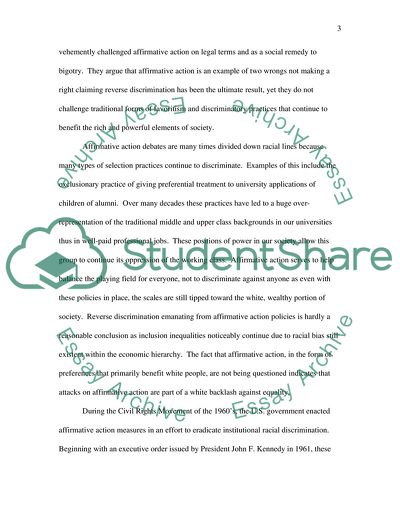Cite this document
(Affirmative Action: Justice or Discrimination Research Paper, n.d.)
Affirmative Action: Justice or Discrimination Research Paper. Retrieved from https://studentshare.org/social-science/1725231-persuasive-research-paper
Affirmative Action: Justice or Discrimination Research Paper. Retrieved from https://studentshare.org/social-science/1725231-persuasive-research-paper
(Affirmative Action: Justice or Discrimination Research Paper)
Affirmative Action: Justice or Discrimination Research Paper. https://studentshare.org/social-science/1725231-persuasive-research-paper.
Affirmative Action: Justice or Discrimination Research Paper. https://studentshare.org/social-science/1725231-persuasive-research-paper.
“Affirmative Action: Justice or Discrimination Research Paper”. https://studentshare.org/social-science/1725231-persuasive-research-paper.


